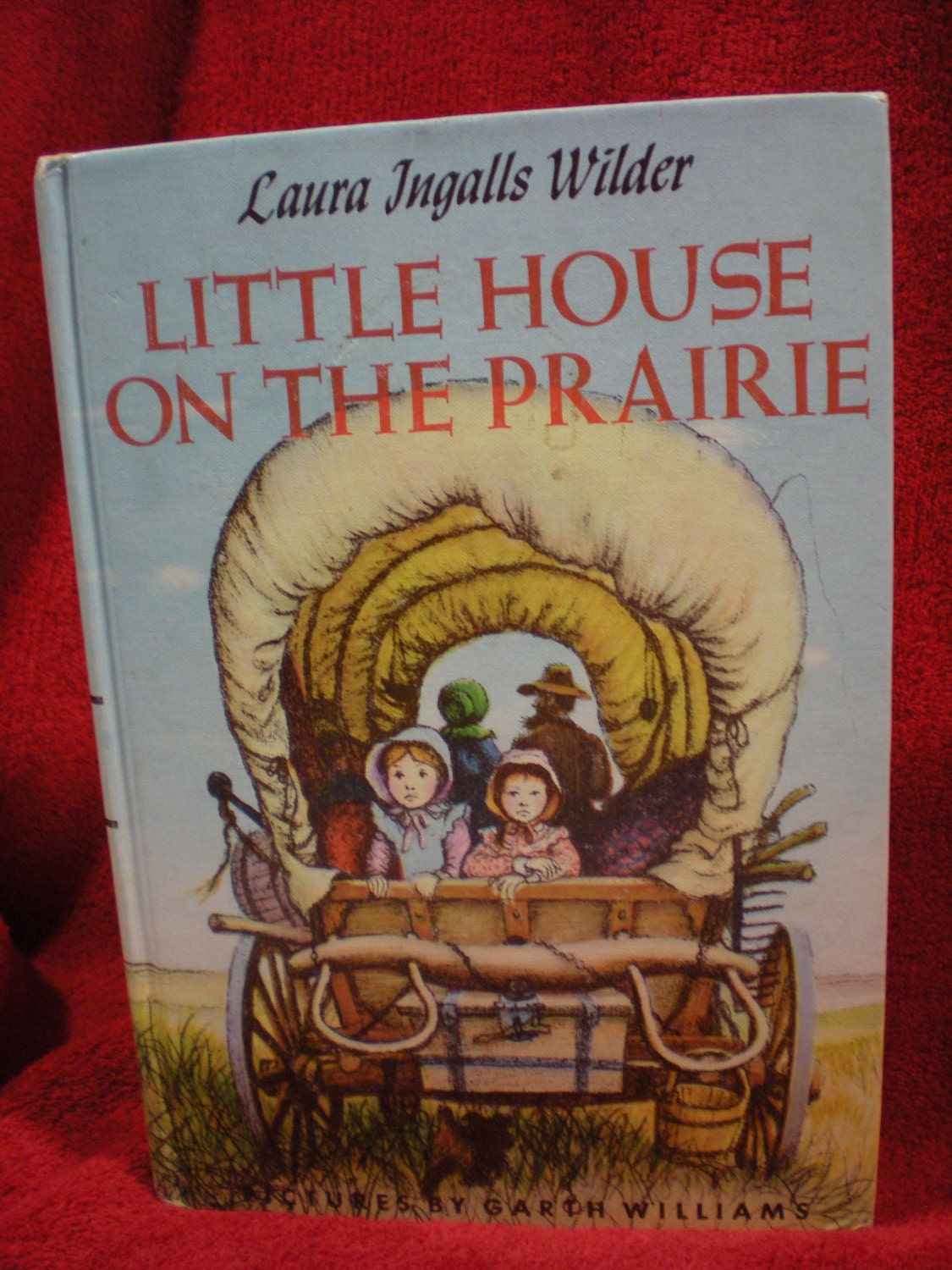
They moved back to Wisconsin, where they lived the next four years. Carrie was born there in August, and a few weeks after her birth, they were forced to leave the territory (however, in the novel, she is present during the move to Kansas). The Ingalls moved from Wisconsin to Kansas in 1868 (stopping for a while in Rothville, Missouri), and lived there between 18. Pa decides to move his family away before they can be forced to leave. soldiers are being sent to remove white settlers from Indian Territory. They begin to congregate at the nearby river bottoms and their war cries unnerve the settlers, who worry they may be attacked, but an Osage chief who was friendly with Pa is able to avert the hostilities.īy the end of the novel, all the Ingalls' work is undone when word comes that U.S. American Indians are a common sight for them, as their house was built in Osage territory, and Ma's open distrust of Indians contrasts with Laura's more childlike observations about those who live and ride nearby. They all fall ill from malaria, which was ascribed to breathing the night air or eating watermelon. In contrast to Little House in the Big Woods, the Ingalls face difficulty and danger in this book. Laura describes how her father built their one-room log house in Indian Territory, having heard that the government planned to open the territory to white settlers soon. The novel is about the months the Ingalls spent on the Kansas prairie around the town of Independence. Thus, it is sometimes called the second one in the series, or the second volume of "the Laura Years". It was the third novel published in the Little House series, continuing the story of the first, Little House in the Big Woods (1932), but not related to the second.




Little House on the Prairie is an autobiographical children's novel by Laura Ingalls Wilder, published in 1935. Class=notpageimage| Location of the "Little House on the Prairie" in Kansas


 0 kommentar(er)
0 kommentar(er)
